Cheap Green Energy Is A Delusional Illusion
The prevailing narrative regarding offshore wind energy in recent years has emphasized the decline in costs and the affordability of wind power. However, a closer examination reveals a less optimistic picture.
Turbine manufacturers have incurred substantial losses in recent years, with the top four producers outside China collectively facing almost $7 billion in losses over the past five years, including a staggering $5 billion in 2022 alone. Notably, the CEO of Vestas, a turbine manufacturer, acknowledged that the company was losing eight percent on each turbine sold.
Failing To Perform
Some of these financial setbacks are attributed to warranty issues, where turbines have failed to perform as expected, necessitating compensation for windfarm developers and rectifying issues.
This is partly attributed to the challenges posed by the increasing size of wind turbines, making them more difficult to optimize. Industry insiders are beginning to suggest that the growth in capacity per turbine has reached a plateau, at least for now.
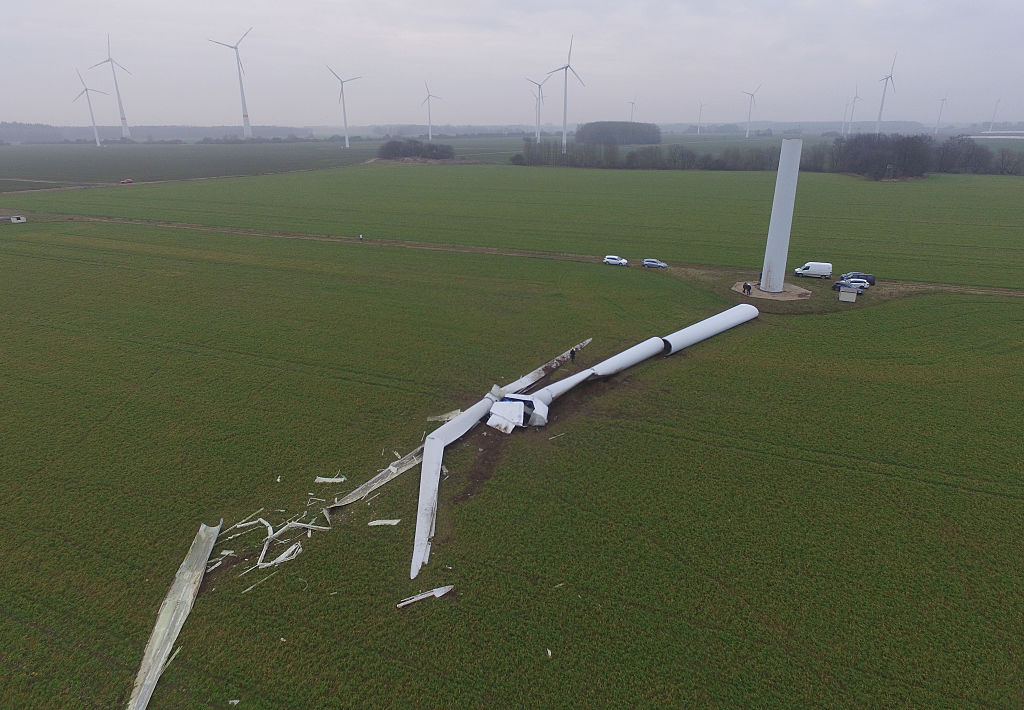
Source: Sean Gallup/Getty Images
The Wind Energy Market Is Fragile
However, these losses are also a result of pricing strategies aimed at gaining market share and the resistance of assertive wind farm developers who have refused to meet their financial obligations, often while benefiting from substantial subsidies.
Consequently, the wind energy market is starting to resemble a fragile structure – not unlike a house of cards.
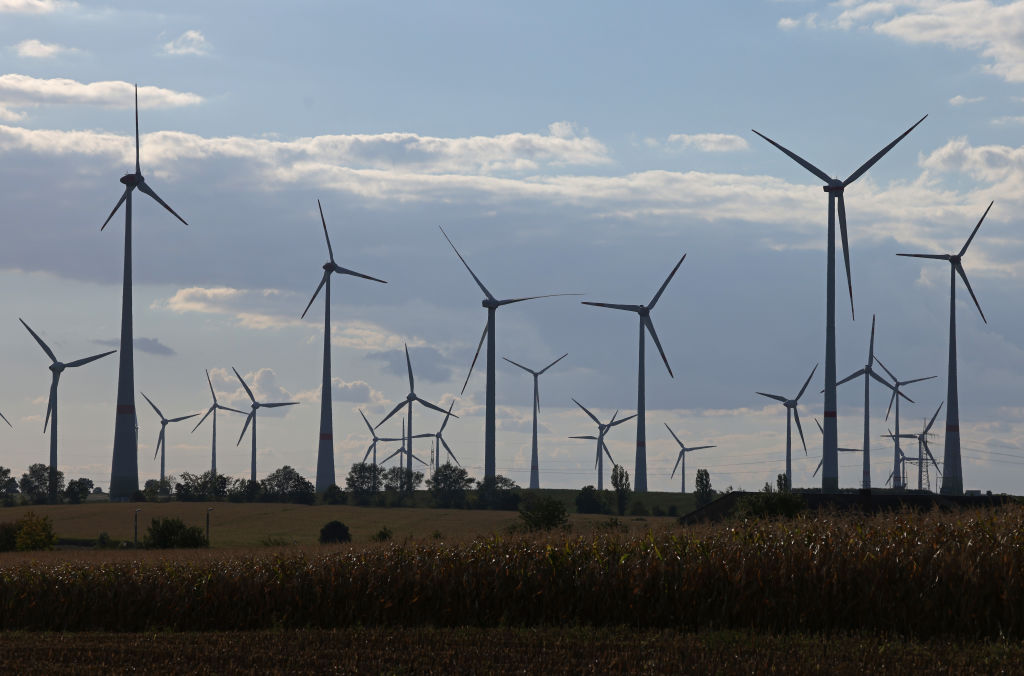
Source: Sean Gallup/Getty Images
Increasing Pressure On Turbine Producers
Turbine producers are actively renegotiating contracts and demanding improved terms to mitigate their losses as they contemplate shifting to more profitable ventures.
This shift is placing pressure on developers increasingly seeking additional subsidies and tax breaks from governments, with the costs being shouldered by taxpayers or energy consumers.
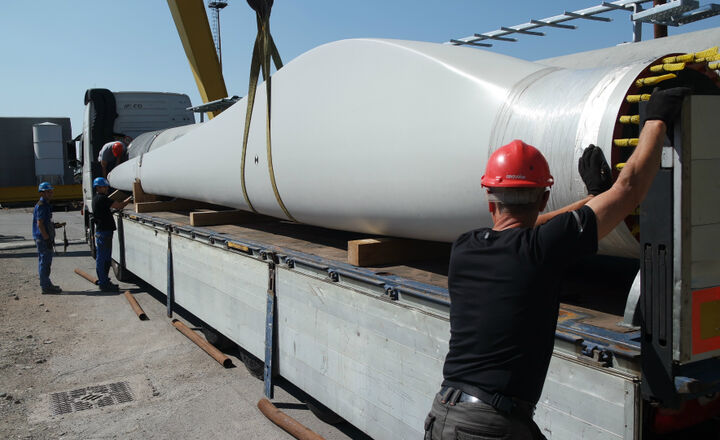
Source: ATB Group
Chinese Turbine Manufacturers And The EU
In response to the increasing threat posed by Chinese turbine manufacturers, the EU is contemplating the initiation of an inquiry into China’s use of subsidies to promote its turbine producers.
The EU has already imposed tariffs on Chinese glass fiber fabrics integral to wind turbine blades.
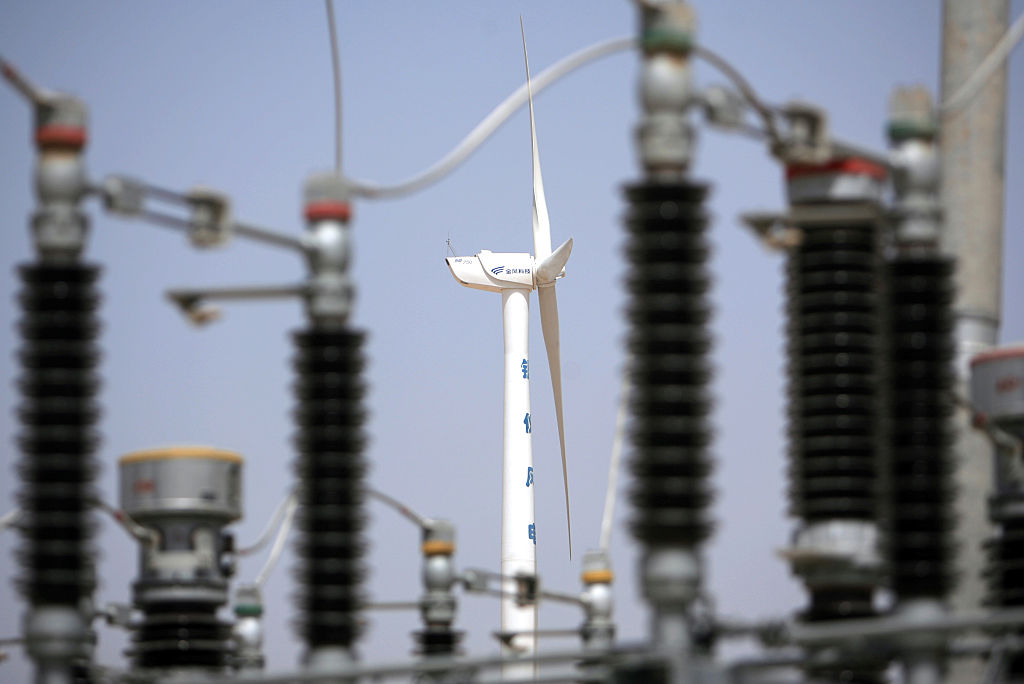
Source: Lucas Schifres/Getty Images
The Impacts Of Low-Cost Chinese Imports
Acting EU competition commissioner, Didier Reynders, has expressed concerns about the potential impact of low-cost Chinese imports on European businesses.
A decision on whether to proceed with this investigation is anticipated later this month, despite Beijing’s strong objection to a similar probe into electric vehicles.
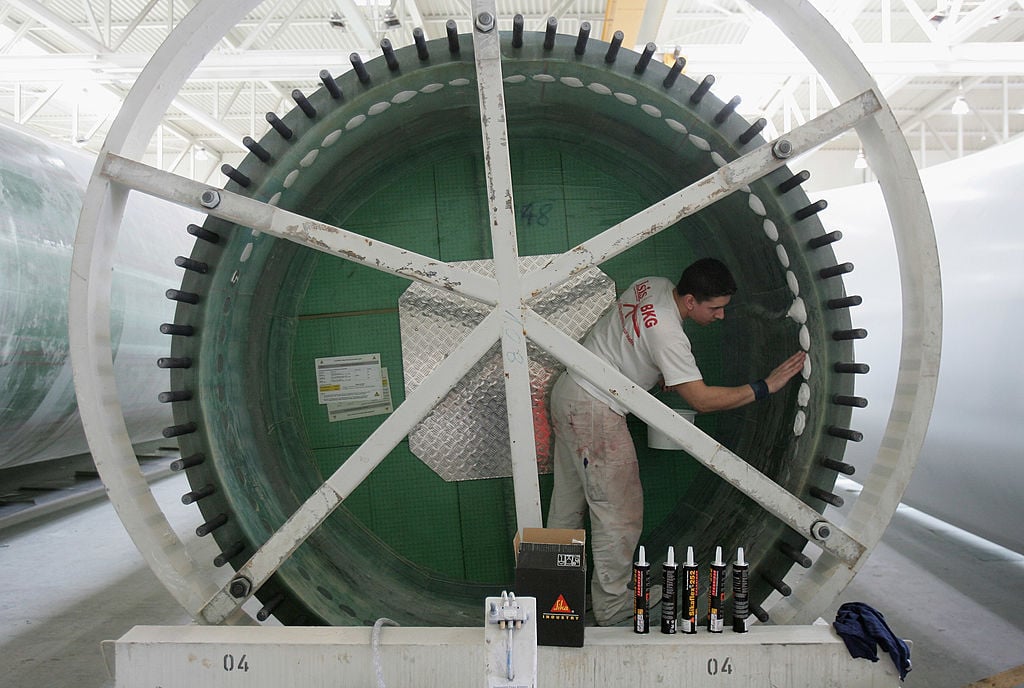
Source: Sean Gallup/Getty Images
The Number Of Global Offshore Wind Projects Have Been Decreasing
On a global scale, offshore wind projects have been on the decline. Throughout 2022, there were virtually no offshore wind investments in the EU, save for a few small floating projects.
Several anticipated projects that were slated to reach a financial closing stage in the previous year were delayed due to factors such as inflation, market interventions, and uncertainty regarding future revenues.
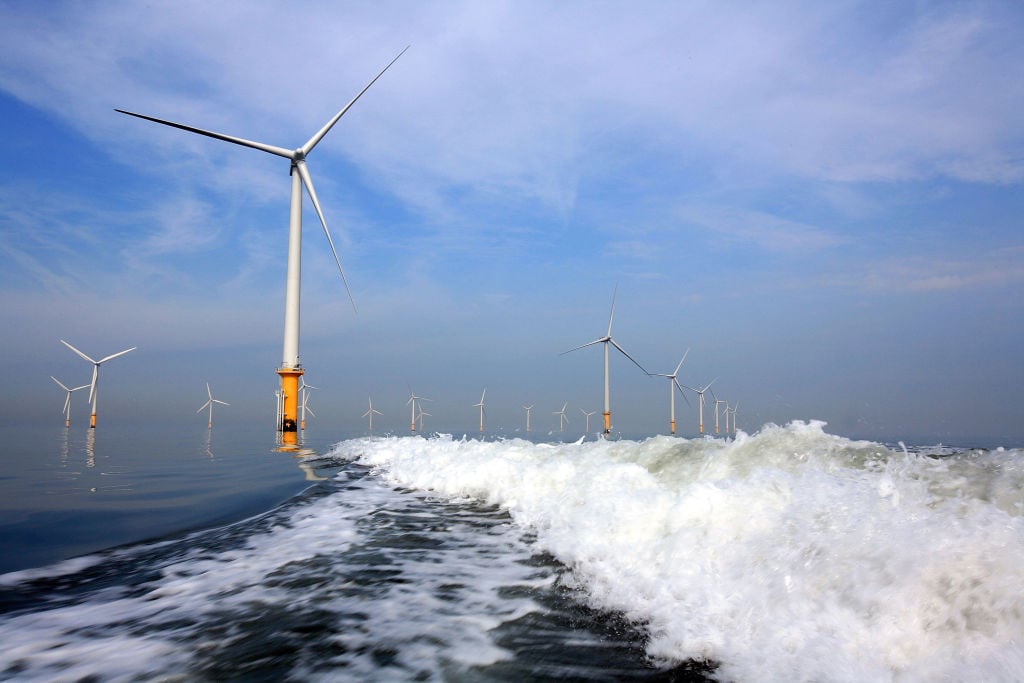
Source: Christopher Furlong/Getty Images
Big Drop In New Turbine Orders
In total, the EU experienced a significant 47 percent drop in new turbine orders in 2022, with only 9 gigawatts being ordered, compared to 2021.
While developers have pointed to the rising costs within the supply chain, these elevated costs have only exacerbated the financial woes of manufacturers. It’s important to note that these losses were largely present before the global price increases triggered by the Ukraine conflict.

Source: Ashley Cooper/Construction Photography/Avalon/Getty Images
Offsetting High Costs
The fundamental issue here is that the financial equations in this market do not align: governments continue to provide subsidies, assuming they are supporting an emerging technology that will eventually become self-sustaining. Yet, after a quarter of a century of subsidies, this market is no longer in its infancy.
The reality is that it will never become economically viable until there is a recognition that, despite having near-zero operating costs, wind farms must generate substantial revenues to offset their exceptionally high capital costs.
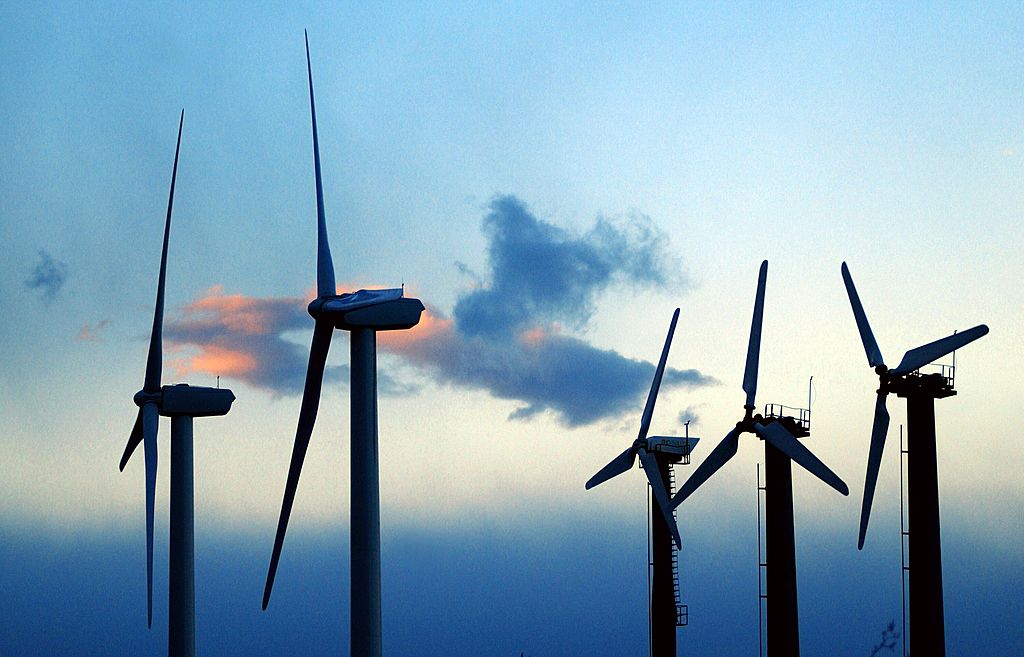
Source: David McNew/Getty Images
Policymakers Are Reluctant
This acknowledgment is met with reluctance by policymakers because it would necessitate abandoning the narrative of “cheap renewables” and acknowledging the actual high costs associated with renewable energy.
Regrettably, until there is a fundamental change, businesses are now apprehensive about proceeding with new projects. In the latest round of the UK’s renewable subsidy program, no offshore wind developers submitted bids.
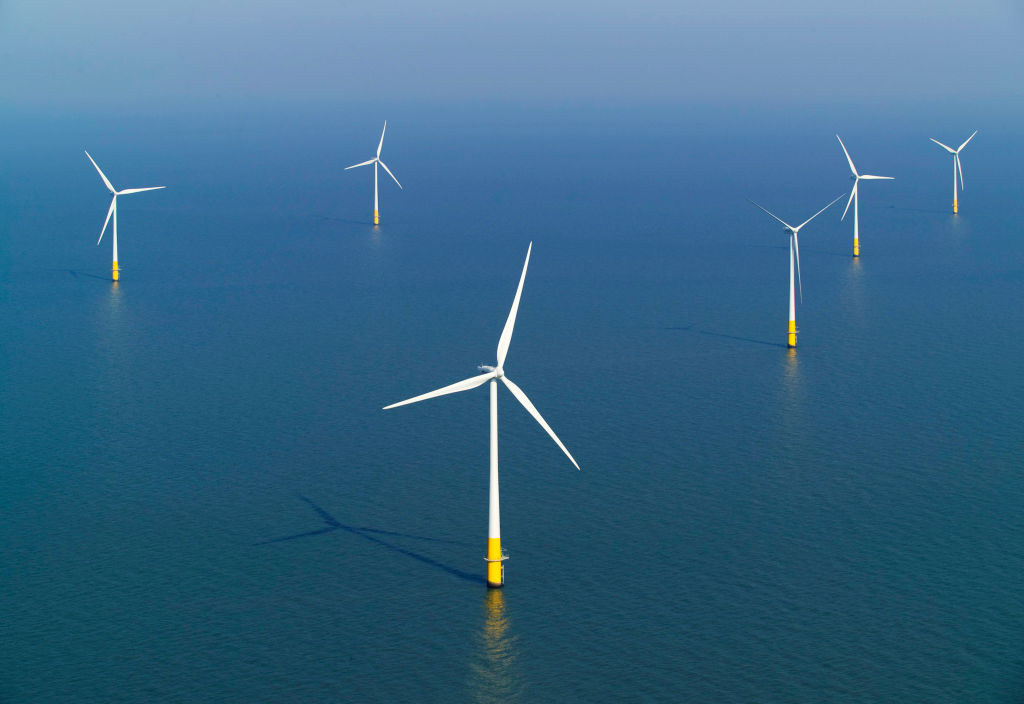
Source: Chris Laurens/Construction Photography/Avalon/Getty Images
Few Projects Experienced Construction
Only two projects from the previous year’s round progressed to construction. Vattenfall, a prominent developer, halted work on its Norfolk Boreas wind farm in July, citing rising costs.
In Germany, a recent tender attracted fewer bids than expected, even after the target volume had been significantly reduced during the process.
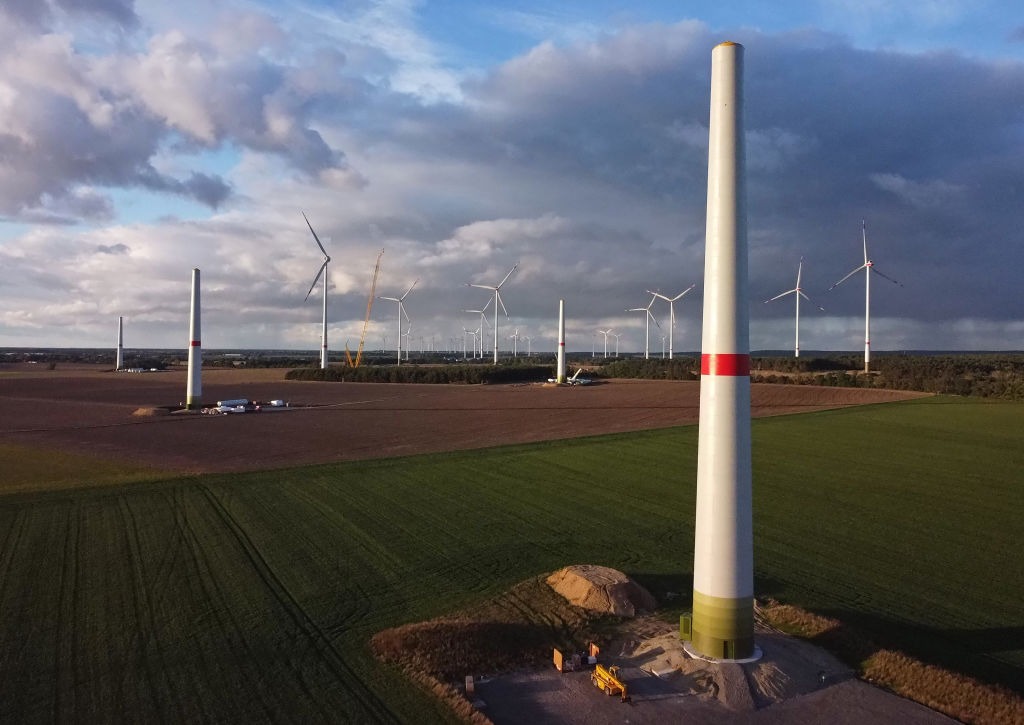
Source: Sean Gallup/Getty Images
Wind Farm Projects Are Facing Challenges
This represents a series of disappointing wind auctions in Germany, with bidders showing a preference for auctions in the Netherlands, where the commercial environment is more favorable.
In the United States, despite the significant support provided by the Inflation Reduction Act, wind farm projects are encountering considerable challenges.
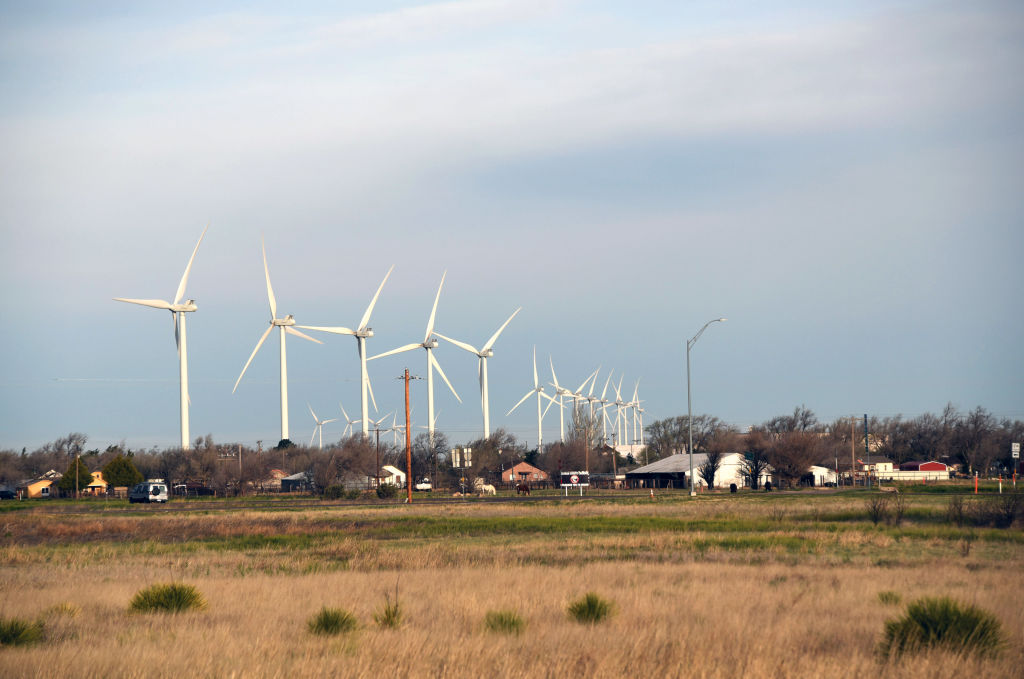
Source: Paul Harris/Getty Images
Three U.S. Offshore Wind Projects
Global offshore wind leader Orsted has signaled the possibility of writing off more than $2 billion in costs associated with three US-based projects: Ocean Wind 2 off New Jersey, Revolution Wind off Connecticut and Rhode Island, and Sunrise Wind off New York.
These projects have yet to commence construction, and Orsted may consider withdrawing from all three if it cannot find a viable economic path forward.
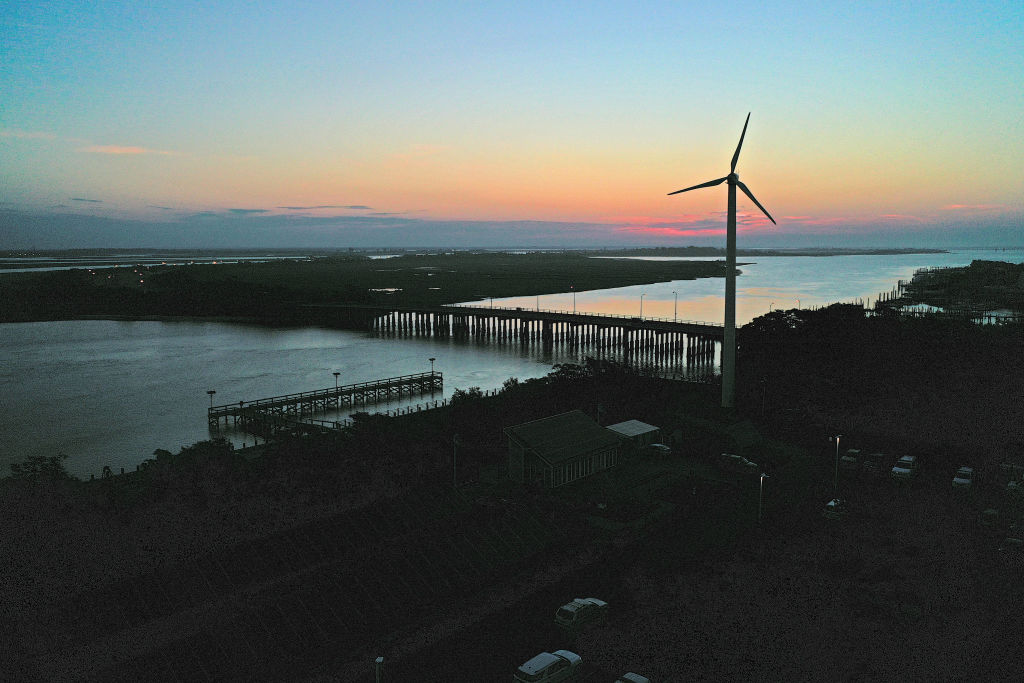
Source: Bruce Bennett/Getty Images
Some Projects Received Bids, Others Didn't
An offshore wind lease auction conducted by the US government in the Gulf of Mexico in August garnered minimal interest from developers. There was only one bid made by a company, RWE, for one of the three lease areas, which they won due to a lack of competition.
The other two lease areas received no bids at all. Analysts attribute this lack of participation to the absence of state requirements along the Gulf Coast for purchasing electricity from offshore wind farms.
Meanwhile, projects in New York are requesting an average 48 percent increase in guaranteed prices, which could potentially add $880 billion per year to electricity prices in the state.
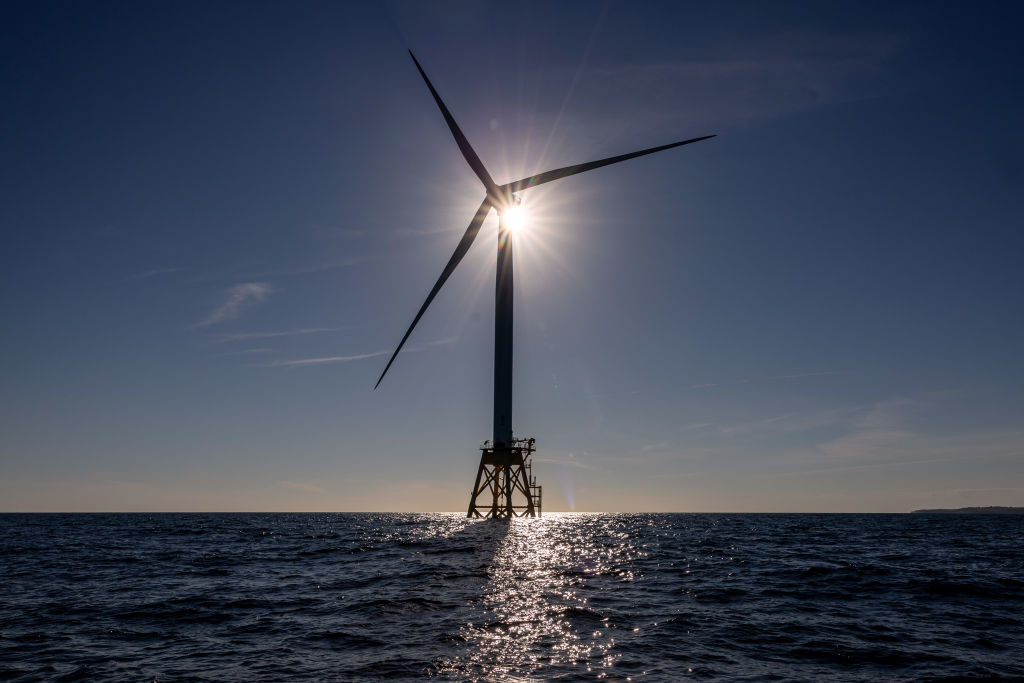
Source: John Moore/Getty Images
Biden's Offshore Wind Goal Is In Jeopardy
Long-term power contracts for electricity generated by offshore wind farms have been canceled, resulting in wind farm developers incurring substantial exit penalties. Avangrid, a subsidiary of the Spanish company Iberdrola, canceled contracts for the output of the 804-megawatt Park City and the 1.2-gigawatt Commonwealth Wind projects, with plans to re-bid these projects in future auctions. However, for the time being, these projects have been terminated. Shell, Equinor, and Orsted have all sought to cancel or renegotiate similar contracts. The Ocean Winds-Shell project, SouthCoast Wind, agreed to pay $60 million to cancel contracts with Massachusetts utilities.
In North Carolina, Duke Energy has decided to eliminate offshore wind from its latest long-term energy plan, instead opting for nuclear, solar, and onshore wind. Duke Energy has also committed to closing existing power plants only when replacements are operational, in an effort to mitigate the grid instability that has plagued certain parts of the country in recent years.
All of these developments pose a threat to President Joe Biden’s goal of developing 30 gigawatts of offshore wind along the US coast by 2030, with many analysts expressing skepticism about the feasibility of achieving these targets. These targets have been partly driven by the Northeastern states’ desire to transition away from fossil fuels. For example, New York aims to power 70 percent of its grid with renewable energy by 2030.
Despite the incentives provided by the Inflation Reduction Act (IRA), offshore wind developers argue that the IRA’s subsidies are insufficient for projects to thrive in the current environment, and they are advocating for additional concessions. The New York State Energy Research and Development Authority, which is responsible for implementing the state’s offshore wind mandate of 9 gigawatts by 2035, has cautioned that delays in deploying offshore wind could jeopardize state renewable energy targets. As a result, they have requested the New York State Department of Public Service to approve price increases for contracts with Equinor, BP, and Orsted.
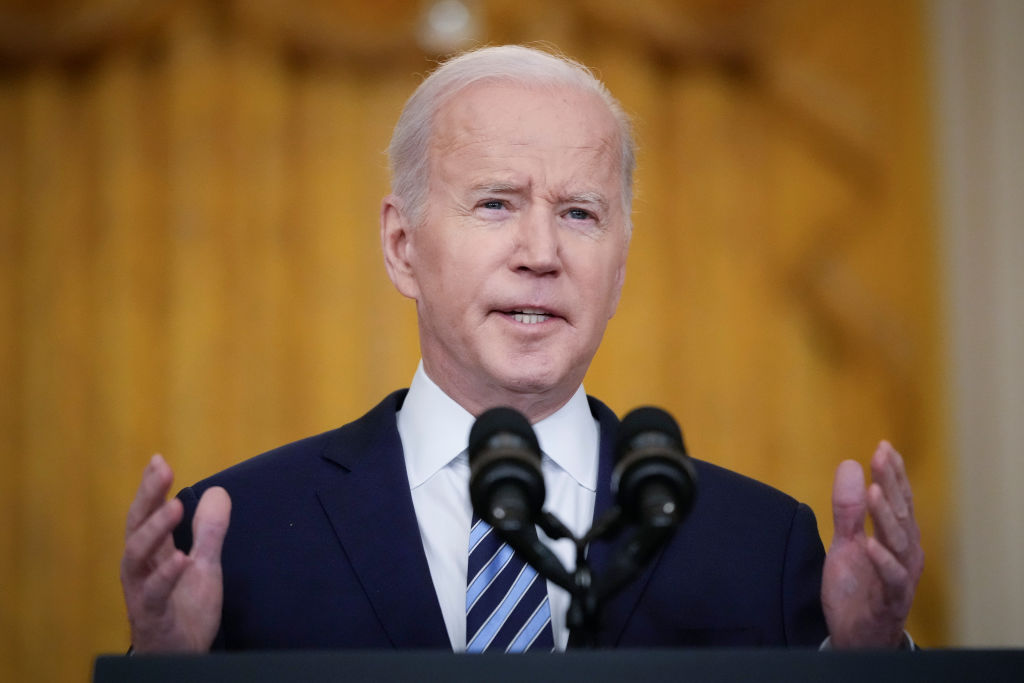
Source: Drew Angerer/Getty Images
